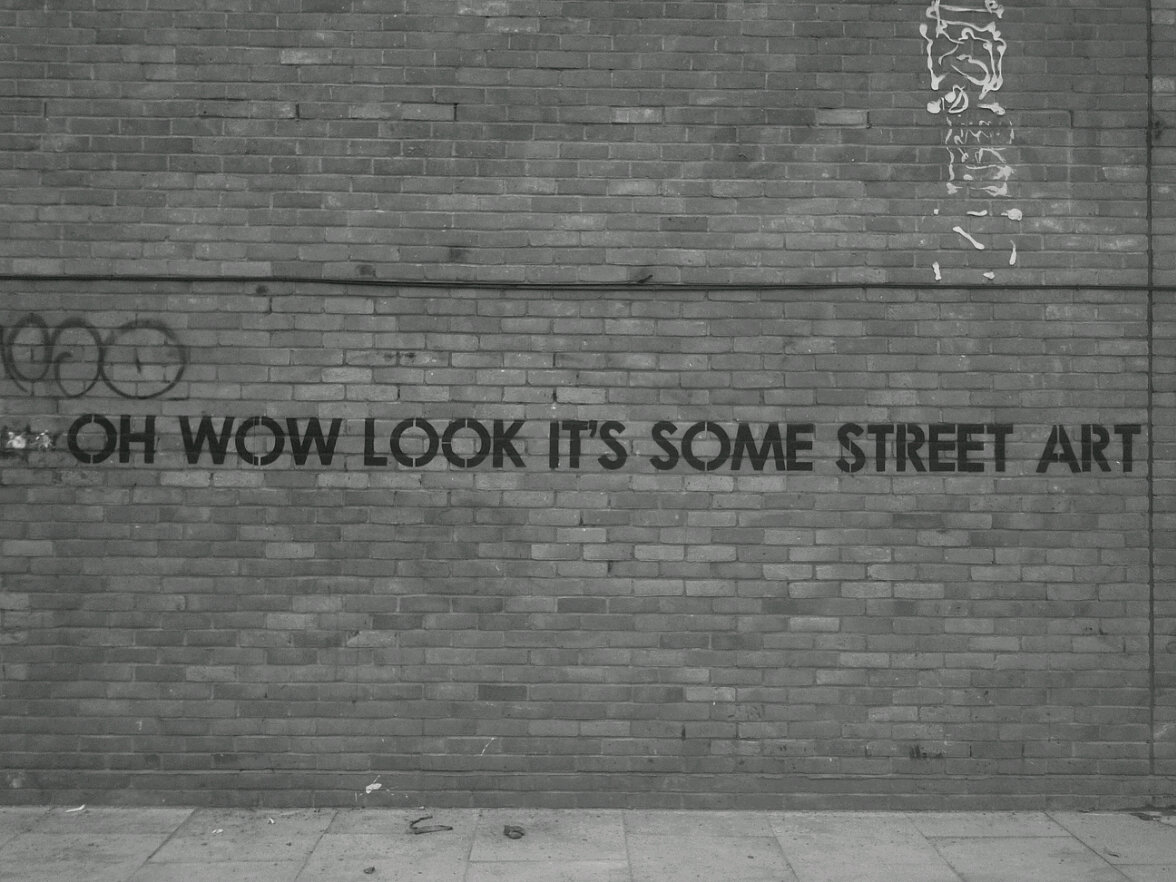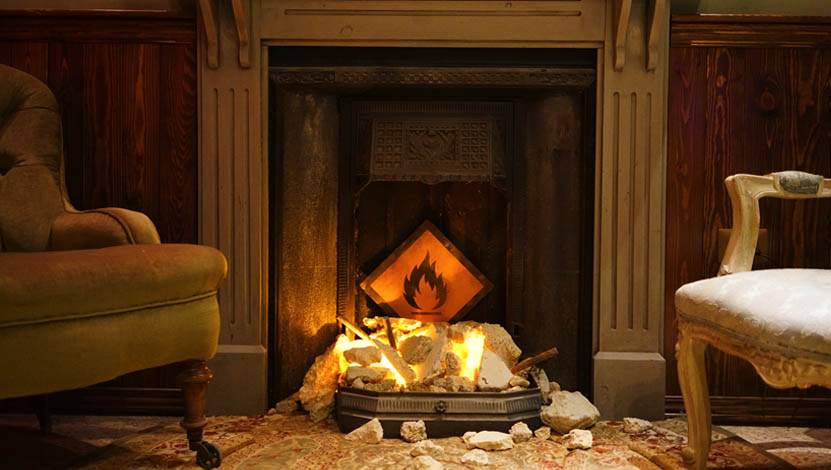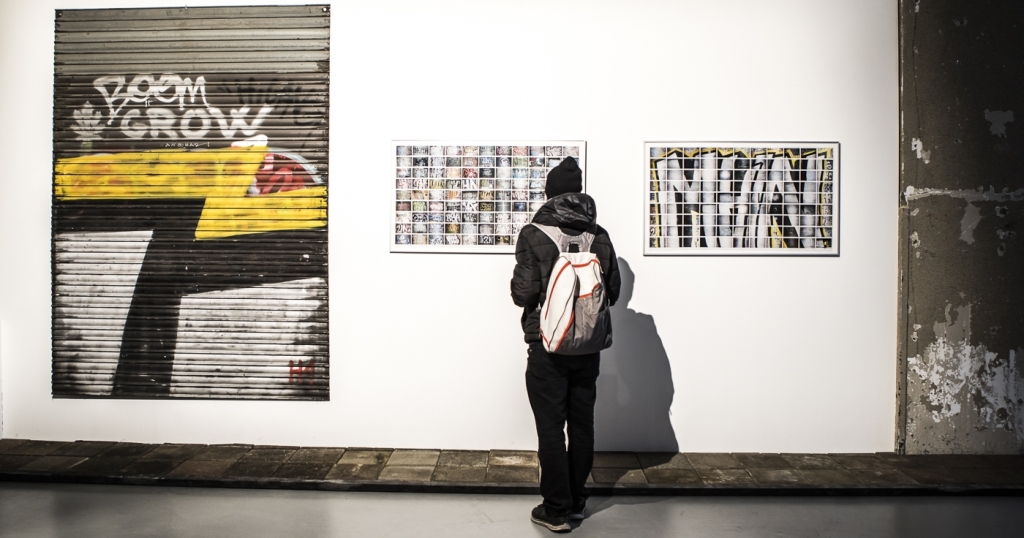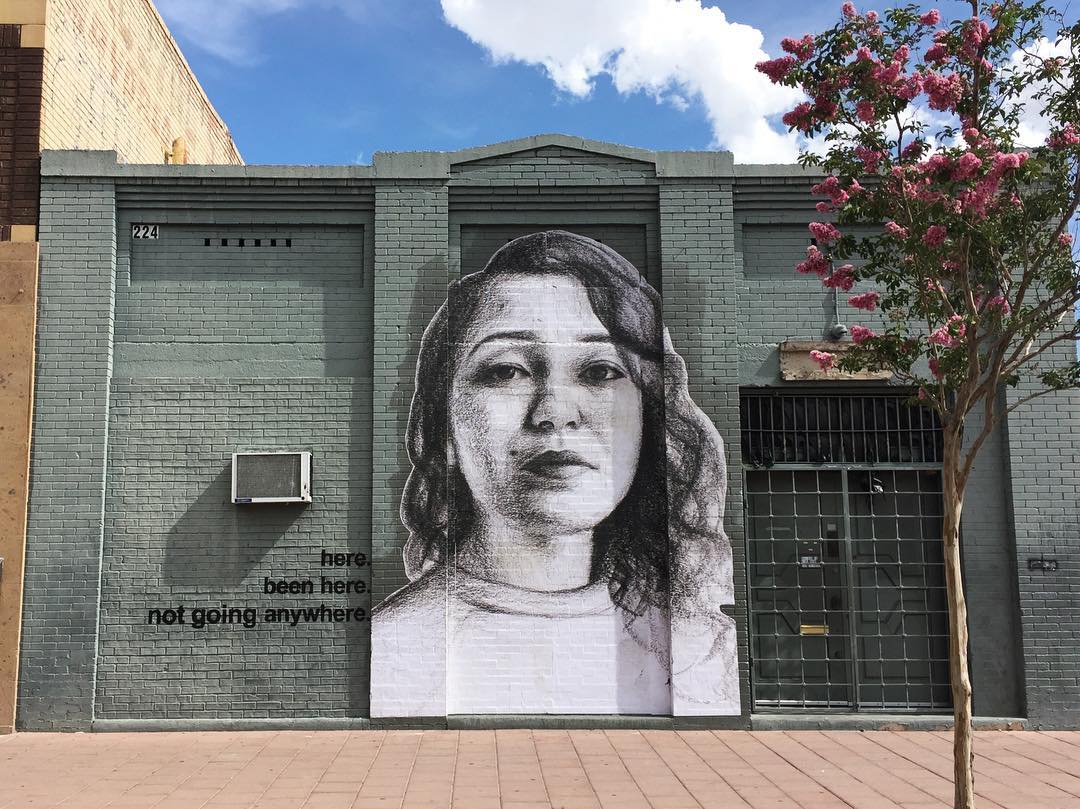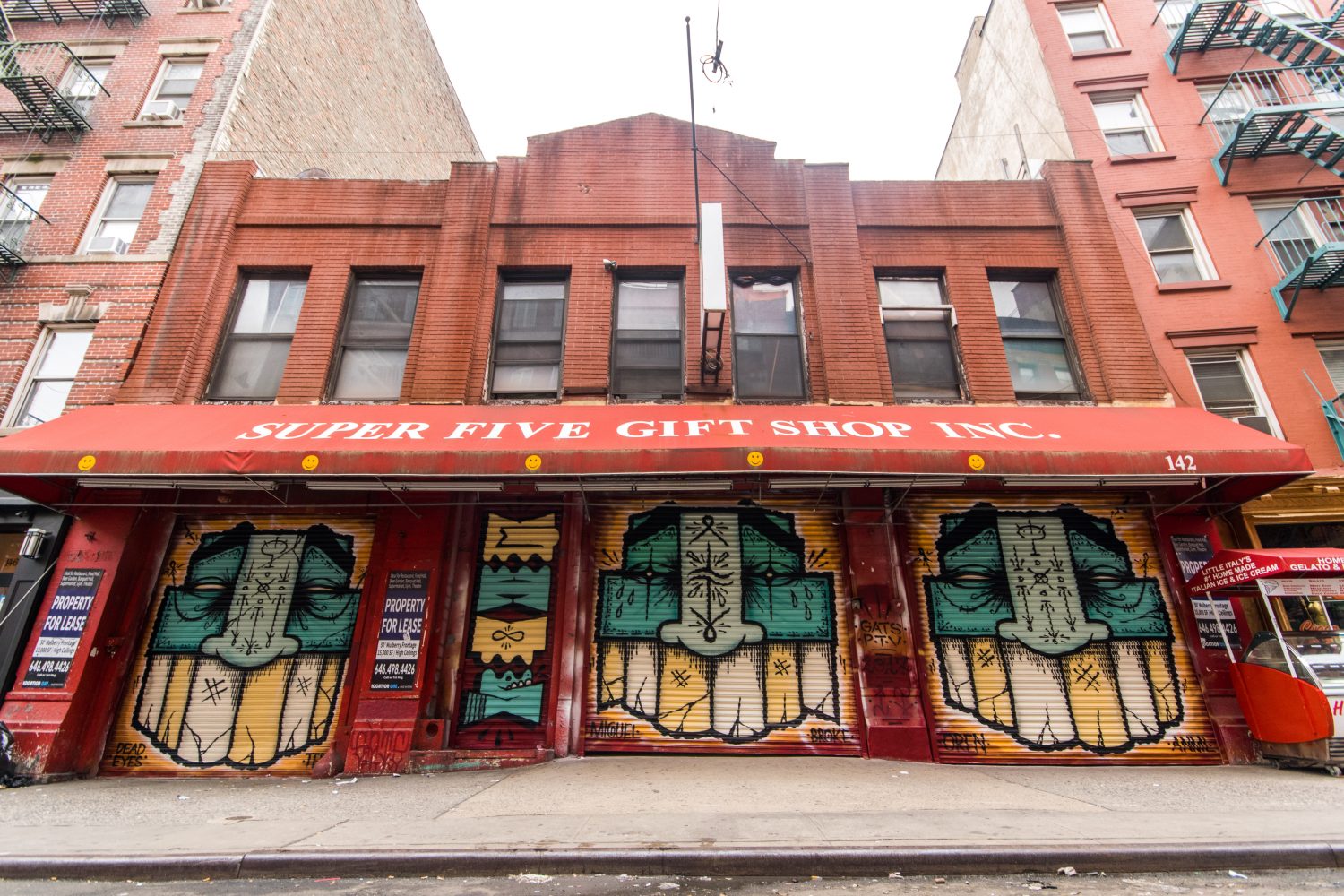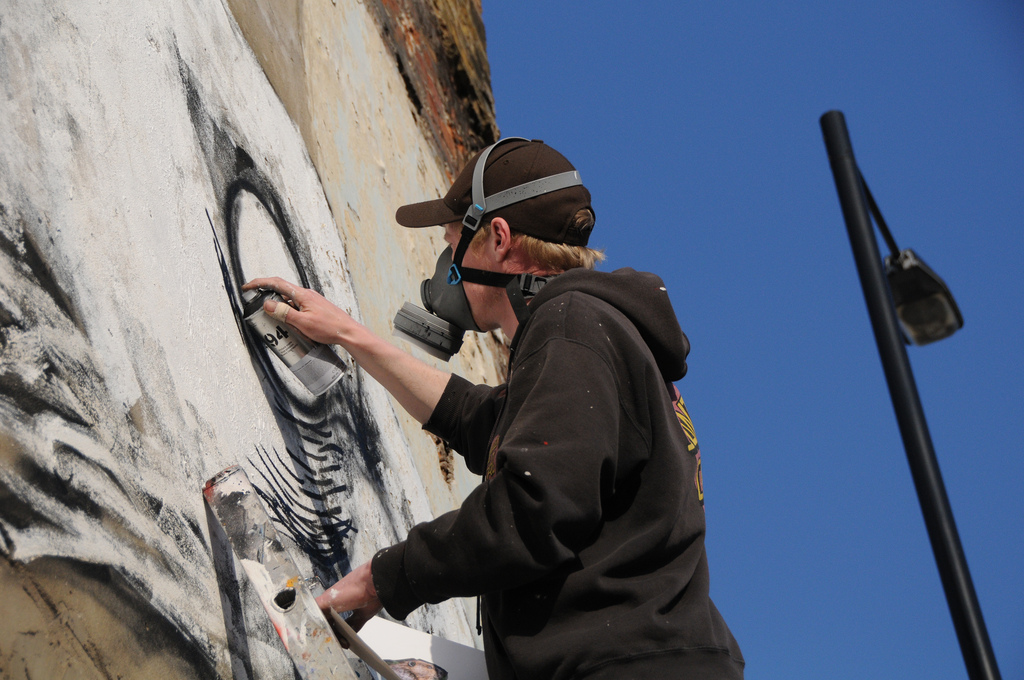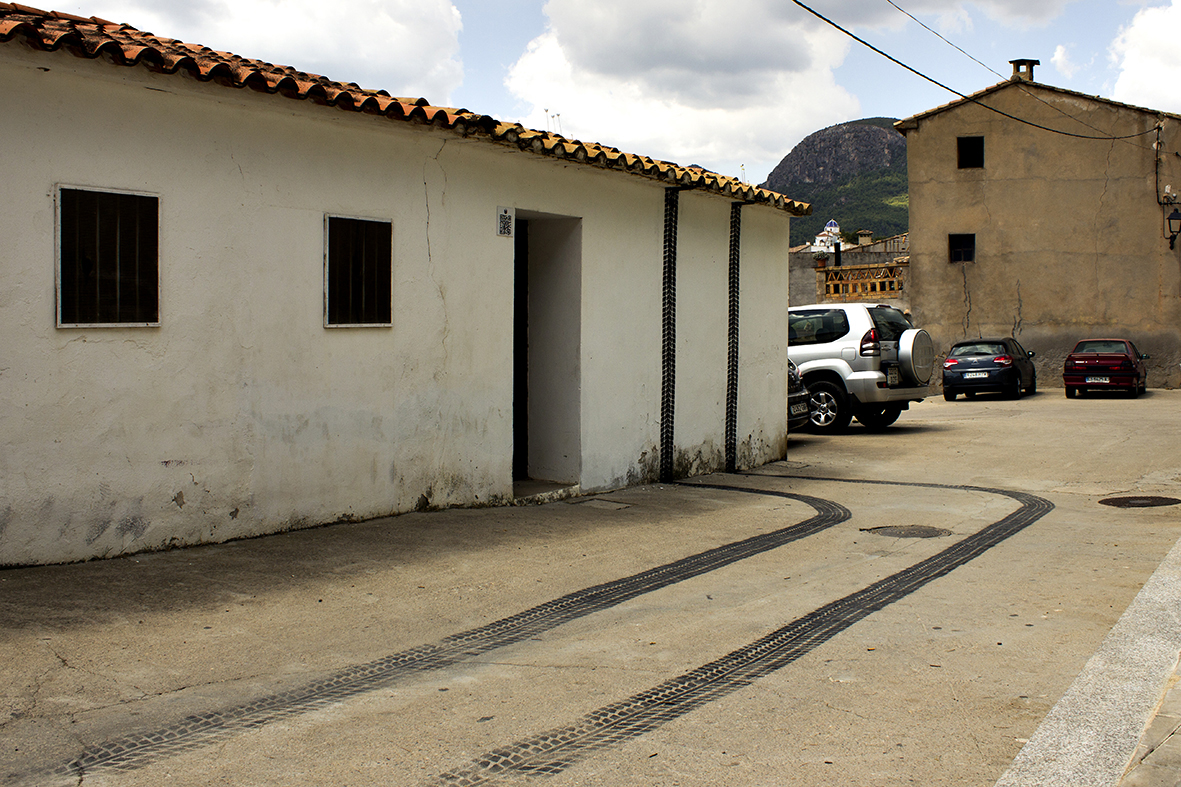
Who doesn’t like something a bit weird and surprising on the street? Who doesn’t want to see something strange? This week, two such interventions landed in my inbox, while a fundamentally unimaginative attempt has been going viral and clogging my social media and blog feeds. I’m not even sure that these two successful pieces have much in common with each other, except that they are both new, made me think about all the imaginative ways to mess with public space, and compare favorably to what’s been going viral.
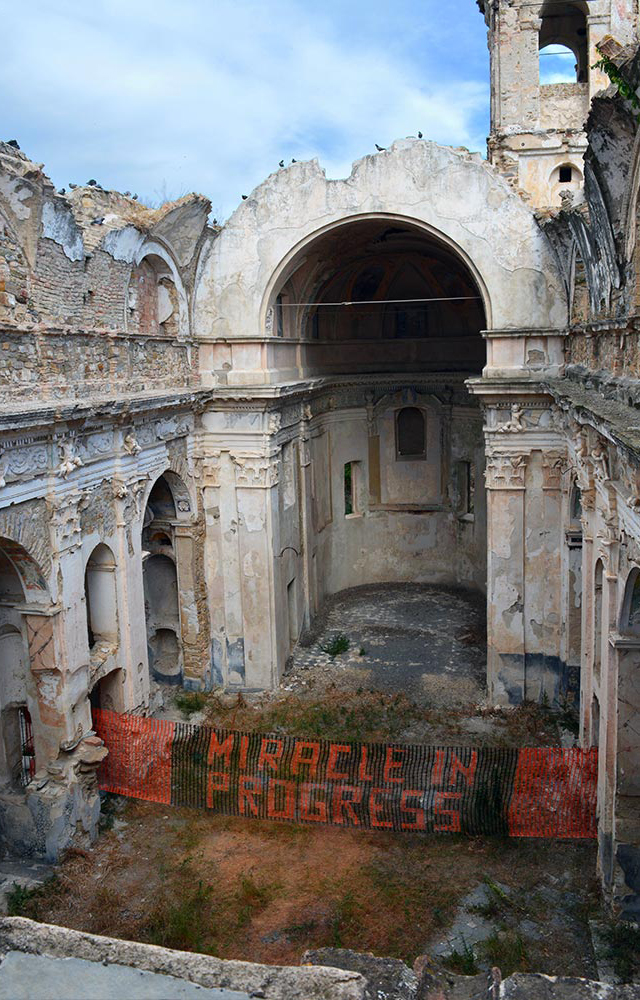
Resurrection, a collaboration between Biancoshock and Elfo, is a commentary on the Italian village of Bussana Vecchia. The town was devastated by a deadly earthquake, which led to to be abandoned as a ghost town. Over half a century later, it was resettled by artists, and has been an artist colony since the 1950’s. The duo write that the work reflects, “the impossibility of reconstructing [the village] except through the artistic ability and will.” So here you have a really beautiful piece, relatively simple, in a unique location, and certainly something that would be a surprise to come upon if you were exploring the ruins of Bussana Vecchia.
Brake, by Dosjotas, imagines a world with the physics of Mario Kart or Batman, with a car slamming on its breaks climbing up the wall of a building rather than crashing through it. Very fun, and a nice use of multiple surfaces. It was painted for Unfinished Museum of Urban Art in Fanzara, Spain.

As for the work that’s been frustrating me every time I see a tweet about it… no need to link or name names, but maybe you’ve seen it. The work in question shows that the artist actually has a great eye for placement. However, this piece is basically an advertisement designed to go viral. If you need to paint the entrance of a posh restaurant with someone else’s cartoon character while bringing no new concepts to that character, what you’re doing is closer to an ad campaign for the restaurant than muralism or street art. Arguably, for the artist, that’s fine. Get paid. But us bloggers should know better than to help something like that go viral when truly strange things are happening every day.
Photos by Dosjotas and Biancoshock


